Global Ethnic: Return to the Human Touch
Author Dinah Hall explains the roots of global ethnic. “Despite the designer labels claiming responsibility for what were, in effect, mass-produced items, the human touch the sense of individual creation was somehow lacking.” She describes a “mass-produced mediocrity,” which denies us the “fundamental sensual appetites for beauty and creativity.”
Perhaps it is the new global economy that opened the door for a flood of ethnic import items. Maybe it was driven by the human need for mystery or romance. Many believe it is the backlash of a mass-produced high-tech society longing to rekindle its relationship with the natural world.
There is mystery in the relief-carved Mayan stones of the Yucatan. That same ambiance is undeniable in spirit houses of Southeast Asia. It oozes from the temples of India decorated with a pantheon of Hindu gods. This essence of ancient civilization is most palpable among the buried terra cotta armies of Chinese emperors.
Garden Ethnicity
All of these artistic elements find a place in the garden, as global ethnic spills into outdoor living spaces. What was formerly just traditional garden art is evolving into artifact. The nature of the objects and their cultural point of origin is as diverse as the global community itself.
Many of the pieces appear as though they belong in a museum, an archeological dig or an ancient village. But while they appear old, much of it is newly manufactured to appear that way. However, true cultural artifacts are also part of this picture, but the cost of original pieces may be too pricey for garden centers. Fortunately, importers are ensuring a flood of exceptional reproductions, some one-of-a-kind pieces and others available in various sizes.
China. The Chinese have mastered the art of making the new appear old. In fact, forgery of antiquities has a long history in China, which allowed craftsmen to develop the skilled application of artificial patina. In one of China’s oldest cities, great armies of terra cotta soldiers were found guarding an emperor’s tomb. Reproductions of these warriors have become a welcome alternative to traditional classical sculptures. Similarly, the Chinese have created excellent reproductions of ancient bronze bells. Among the most tactile of the Chinese reproductions are hybrids, newly made wood furniture created from truly old lumber.
Africa. In Africa, anything fashioned out of wood rarely exceeds 25 years of age. This is due to voracious termites. Therefore, corn mortars and masks are rarely as old as they seem and make high-profile affordable accents for covered porches and patios. From the northern half of the continent and the time of ancient slave and perfume trade come hand-wrought iron blades and cast bronze figures. The ancient African trade in glass beads is newly rediscovered for draping on plants and art in jewel gardens. The glass is resistant to the elements and offers a brilliant accent outdoors.
Islamic countries. Design elements rooted in Islam originate in Morocco eastward to Egypt and throughout the Middle East to Persia. This is the heart of the ceramic tile industry, where fabulous designs and colors have long distinguished gardens. Intricate geometric designs carved into wood screens and gates as well as cast iron grills make highly valued ethnic garden entries and windows. In fact, whole gateways and walls are built around them to enhance their visibility. Newly manufactured, old-looking standing glass lanterns designed to protect candle flames from the windy desert are exceptional, low-end, timeless products. Mexico. Mexico is our closest neighbor with a strong ethnic art history, which can be divided into pre-Columbian and Spanish colonial. The Aztec, Maya and other civilizations share a bold traditional look that is surging in popularity. Molded into ceramic and resin or carved out of soft cantera stone, these exotic pieces feature ancient gods and mythic figures in a detailed tableau.
Spanish colonial components blend into Santa Fe style and Native American traditions. Carved wood santos, often St. Francis and other religious figures, grow more beautiful with time as they age and weather outdoors. From this realm come wrought iron, heavily rusted candelabras, grills and gates. Tin and glass light fixtures also provide swag and sconce illumination alternatives.
Ethnic Merchandising
The key to the global ethnic world is merchandising with two applications in mind; one is the true outdoor accent or focal point, which is usually ceramic, stone, glass and iron, all capable of tolerating variations of climate and moisture.
The second category is patio pieces, which are protected from the elements. This kind of living space is ideal for wood, both old and new. Carved statuary, ethnic furniture, creative tables, screens and antique implements all belong in this milieu.
While textiles are not typically part of the garden, they are high-profile components in the global ethnic decorating style. Fabrics can nail down the character of a garden space in the context of outdoor living and furniture. East Indian embroidered fabrics and Persian carpet patterns make exceptional cushions. Zapotec weavings are the essence of the pre-Columbian and Native American styles. African mud cloth provides bold graphics for similarly inspired spaces.
The key to this market is to remember the problem of mass-produced mediocrity. Appealing to the human psychology of the customer is vital. They will abandon chain stores and malls to satiate a desire for unique and distinctly human objects. In a way, it lends a sense of treasure hunt to the garden center shopping experience. When displayed as a unique piece, elements are far more appealing as one-of-a-kind items.
This is an exciting time in the merchandising world because imports of ethnic art, objects and artifacts, both antique and reproduction, have reached new levels of affordability. Garden design has been stalled in recent seasons as it struggles to extend beyond the realm of traditional and classical motifs.
Modern design trends depend largely on the ability to juxtapose industrial materials against primitive man-made objects. This contrast is both exciting and creative, leading designers to explore new and unusual ideas. Similarly, gardens specifically designed to individual ethnic character clamor for artistic elements that largely contribute to the authenticity of the style.
Sculptor Henry Moore describes this essential appeal of the handmade primitive. He argues that how it “makes a straightforward statement its primary concern is with the elemental, and its simplicity comes from direct and strong feelings, which is a very different thing from that fashionable simplicity for-its-own-sake which is emptiness.”





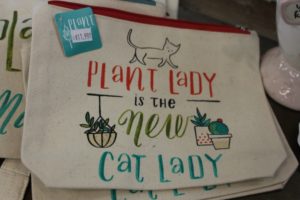
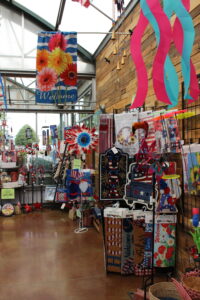

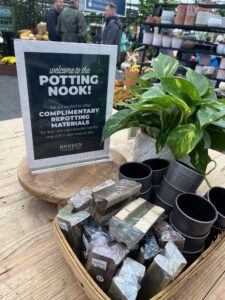


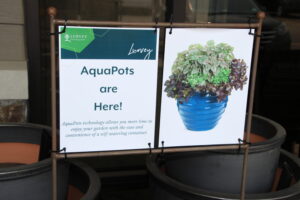
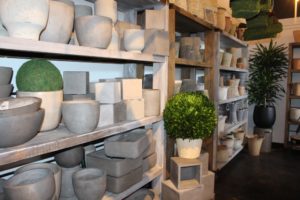
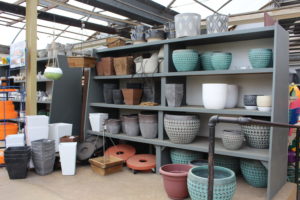



 Videos
Videos





